Myeongdong Haemultang Eomeonijip (명동해물탕어머니집)
9.2Km 2021-03-26
11-6, Myeongdong 8-gil, Jung-gu, Seoul
+82-2-776-3896
This restaurant specializes in seafood soup based on 40 years’ tradition. This restaurant's signature menu is spicy seafood stew. This Korean dishes restaurant is located in Jung-gu, Seoul.
Chamdaegutang (참대구탕)
9.2Km 2021-09-01
3, Hangang-daero 62-gil, Yongsan-gu, Seoul
+82-2-798-7380
This is a Korean cuisine located in Itaewon, Seoul. Clear fish soup boiled with codfish (fish). The best menu at this restaurant is codfish stew.
Keungiwajip (큰기와집)
9.2Km 2021-09-27
62, Bukchon-ro 5-gil, Jongno-gu, Seoul
+82-2-722-9024
It’s a 2018 Michelin Guide restaurant. The best menu at this restaurant is soy sauce marinated crab. This Korean dishes restaurant is located in Jongno-gu, Seoul.
Tteul Gwa Dawon (뜰과다원)
9.2Km 2019-11-12
6-4, Insadong 8-gil, Jongno-gu, Seoul
+82-2-734-5310
Tteul Gwa Dawon (literally "yard and tea garden") is an up-scale hanok-style tea
and coffee house where you can enjoy a tranquil garden in the center of Seoul.
The tea and coffee shop offers traditional Korean tea made of 100% natural ingredients, as well as organic coffee. It is equipped with large private rooms which can accomodate a large number of guests, making it the best place to hold seminars or other types of social gatherings.
Tea, rice cakes, and other traditional snacks served here can be a good alternative for when you're in between meals.
Templo Jingwansa en Seúl (진관사(서울))
9.2Km 2025-04-07
Jingwan-gil 73, Eunpyeong-gu, Seúl.
El templo Jingwansa, ubicado al oeste de Seúl, es uno de los cuatro principales templos alrededor de Seúl, junto con Buramsa, Sammaksa y Seunggasa, situados al este, al sur y al norte respectivamente. El templo fue dedicado al guardián Jingwan en el año 1010 por el rey Hyeonjong, el octavo rey de la dinastía Goryeo. Durante la dinastía Joseon, el rey Sejong construyó una biblioteca en Jingwansa para que los estudiosos confucianos pudieran desempeñarse allí. El templo fue reducido a cenizas durante la Guerra de Corea, pero como ha ocurrido desde 1963, los edificios del templo han sido restaurados y renovados. El templo alberga los pabellones Daeungjeon (Salón de Sakyamuni), Myeongbujeon (Salón de la Sentencia), Nahanjeon, Chilseonggak, Nagawon, Hongjeru, Dongjeonggak, Dongbyeoldang, Yosache y otros. Daeungjeon, la construcción central del templo, se consagra a Sakyamuni (la estatua principal de Buda), junto con Mireukbosal y Jehwagalhwabosal en cada lado. Myeongbujeon se dedica a Jijangbosal, Domyeongjonja, Mudokgwiwang y Sipdae Daewang, mientras que Nahanjeon se consagra a Sakyamuni, Mireukbosal, Jehwagalla Bosal y Simnyungnahansang. El templo no solo es vecino del hermoso entorno del Parque Nacional del Monte Bukhansan, sino que también contiene una impresionante colección de bienes culturales e históricos. Es un lugar de relajación para los residentes de la zona.
Museo del Té Areumdaun (Beautiful Tea Museum) (아름다운 차박물관)
9.2Km 2025-04-22
Insadong-gil 19-11, Jongno-gu, Seúl.
El Museo del Té Areumdaun es un espacio multicultural y comprende una galería que invita a descubrir obras de porcelana realizadas por jóvenes artistas, una tienda que propone alrededor de 110 tipos de té de diferentes países como Corea, China, Japón, Taiwán, Sri Lanka, India y países de Europa, y un salón para degustar un buen té. La sala de exposiciones se divide en tres secciones destinadas respectivamente a Corea, China y el Tíbet. Allí se exponen diversos estilos de servicios de té para tener una impresión de las características del arte del té de cada país. Asimismo, jóvenes artistas organizan exposiciones y ventas. El museo expone cerca de 130 tipos de té, podrá comprar o degustar diferentes variedades como té clásico, té verde, té azul, té negro, té a las hierbas, té a las flores, etc.
Areumdaun Cha Bangmulgwan (Beautiful Tea Museum) (아름다운차박물관)
9.2Km 2025-05-27
19-11, Insadong-gil, Jongno-gu, Seoul
In addition to gourmet restaurants, traditional tea houses are a popular destination in Insa-dong. Among them, we recommend Areumdaun Cha Bangmulgwan, where you can taste more than 100 types of tea, including Korean, Chinese, Japanese, and Taiwanese. The shop also serves as a museum and gallery. Enjoy a leisurely cup of tea as you appreciate the art that is on display.
Yangbandaek (양반댁)
9.2Km 2025-05-14
19-18, Insadong-gil, Jongno-gu, Seoul
Isae (이새)
9.2Km 2024-02-21
Insadong-gil 30-1, Jongno-gu, Seúl
Yeonwoohouse [Korea Quality] / 연우하우스 [한국관광 품질인증]
9.2Km 2024-11-19
5-13, Bukchon-ro 12-gil, Jongno-gu, Seoul
Yeonwoo Guesthouse is a quiet and cozy traditional Korean guest house (hanok) located in Gahoe-dong, Jongnogu in Bukchon Hanok Village, a charming area crisscrossed with a labyrinth of old alleyways. As it is close to some of Seoul’s most famous tourist attractions, including Changgyeonggung Palace, Changdeokgung Palace and Gyeongbokgung Palace, many tourists from Southeast Asia and Europe book a stay here.
It consists of two cozy guestrooms, each equipped with a bathroom. Among the guest house’s many charms is the panoramic view of Bukchon Hanok Village from its rooftop, which can be reached by a ladder. It also boasts the beauty of a traditional Korean house during the daytime and a spectacular view at nighttime.
As it is an old hanok, the owner pays close attention to hygiene, and has the entire building regularly sterilized by a sanitary control company.
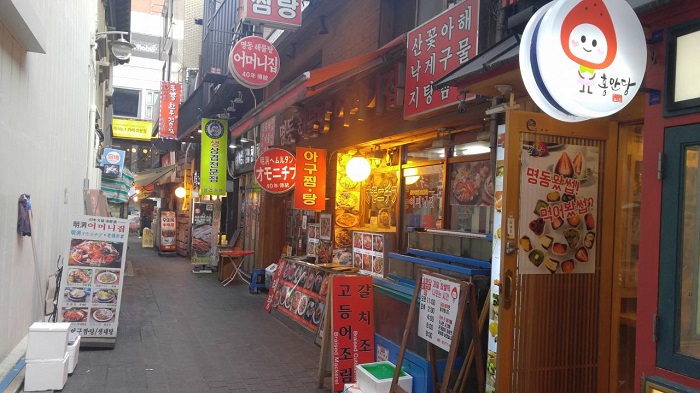
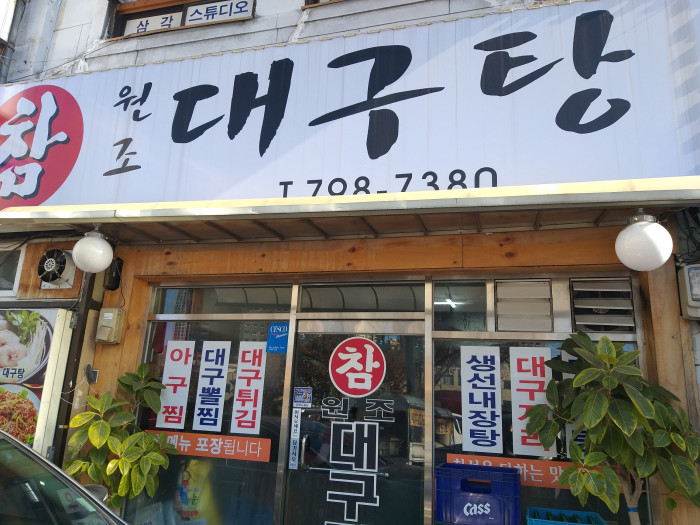
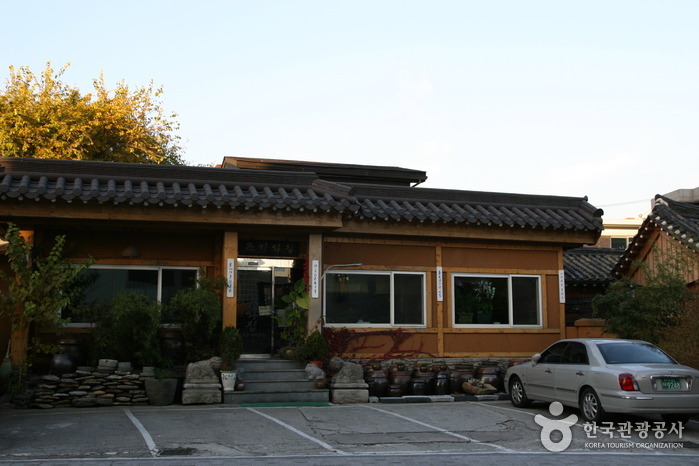
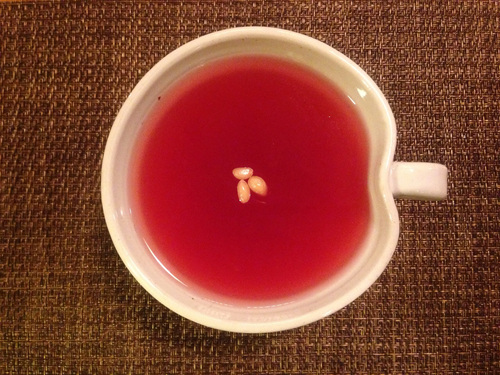

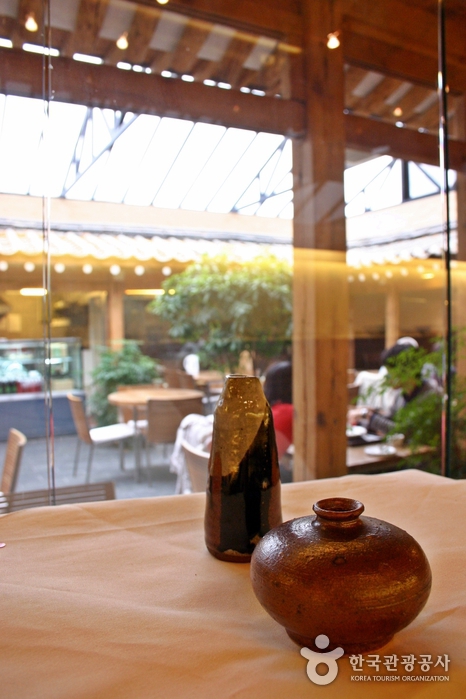
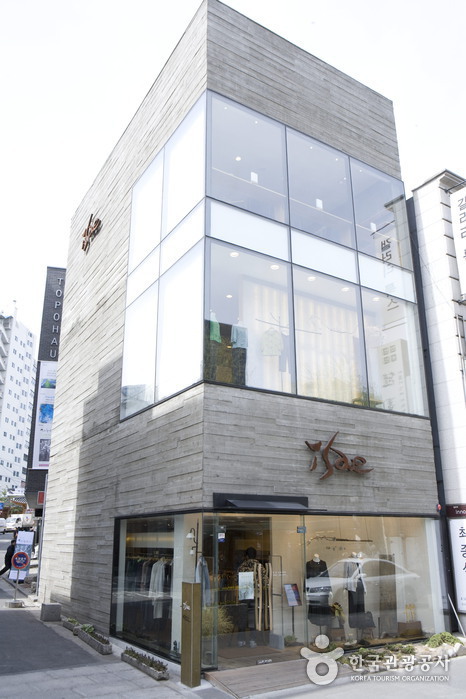
![Yeonwoohouse [Korea Quality] / 연우하우스 [한국관광 품질인증]](http://tong.visitkorea.or.kr/cms/resource/83/2557483_image2_1.jpg)
 Español
Español
 한국어
한국어 English
English 日本語
日本語 中文(简体)
中文(简体) Deutsch
Deutsch Français
Français Русский
Русский